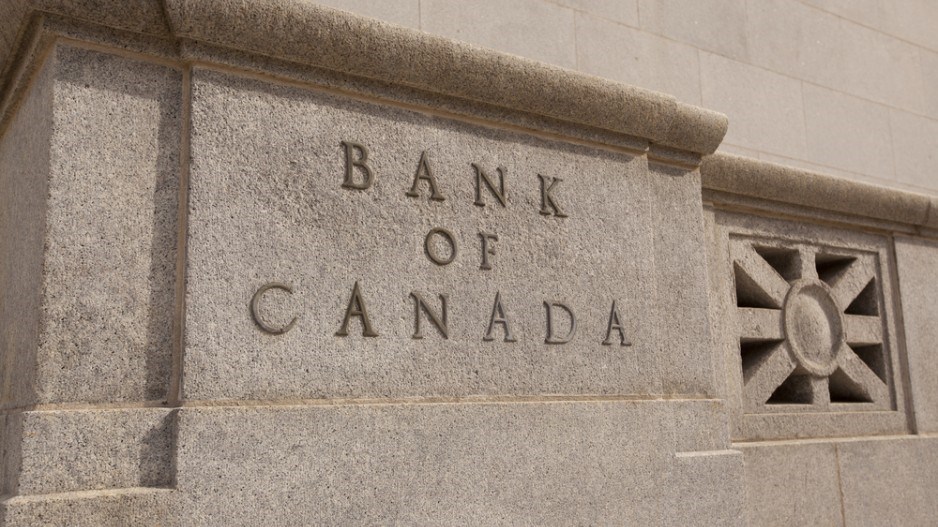The Bank of Canada announced January 18 it is maintaining the overnight rate target at 0.5%, and Governor Stephen Poloz said uncertainty around the global outlook, particularly in the United States, remains undiminished.
In a press conference, Poloz said the Bank was concerned about the effects of U.S. trade policy, “because it is so fundamental to the Canadian economy,” but because it is as yet unknown, it is difficult to capture in the Bank’s projections.
“We considered the possibility of not incorporating any U.S. policy changes in our projection,” he said. “However, governing council felt that some form of fiscal stimulus was likely over our projection horizon.
“Accordingly, we have made some reasonable initial assumptions about fiscal initiatives – specifically corporate and personal tax cuts that would raise the level of U.S. GDP by about 0.5% in 2018.”
The Bank said the “fiscal shock” of such an increase would probably boost Canadian GDP by 0.1%. The effects would be muted due in part to a cut in the U.S. corporate tax rate, which would hurt Canadian export competitiveness. As well, rising optimism south of the border means increasing U.S. bond yields, and this has already led to an increase in Canadian five-year mortgage rates – which will dampen housing demand in this country.
The central bank revised its 2017 GDP outlook upward slightly to 2.1%, but BMO Economics’ Benjamin Reitzes called the overall tone of today’s announcements “neutral,” as the positive effects of an improving global economy will be offset by concerns about a strong Canadian dollar—which could hurt exports—and “broad uncertainty,” in particular relating to a “potential protectionist shift” in the U.S.
“The Bank of Canada was as neutral as can be today, as the forecast has evolved largely as expected,” Reitzes said in a note to investors. “The BoC looks like they could be on hold for some time, though the many uncertainties—U.S. policy in particular—could change things in a hurry.
“We continue to look for the next move to be a hike, but not until 2018.”
The same morning, the U.S. released figures showing improving consumer price inflation, leading to a decline in the Canadian dollar relative to the greenback. As of press time, the loonie had fallen almost a cent to 75.6 cents U.S.
@EmmaHampelBIV
Check out BIV’s podcast for the week of January 18, 2017:




